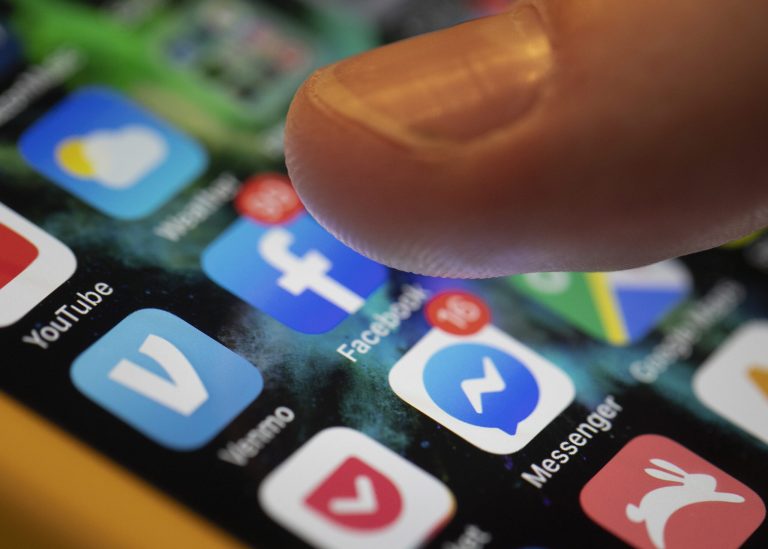The Contagion of Influence: How Social Networks Spread Ideas, Illnesses, and Misinformation
The unsettling incident of mass hysteria among schoolgirls in Malaysia in 2019 serves as a stark reminder of the power of social contagion. While not an instance of misinformation, this event, where nearly 40 girls experienced physical symptoms and shared visions after one student reported seeing a “face of pure evil,” parallels how information, both true and false, spreads through social networks. Just as a virus can jump from host to host, ideas, behaviors, and even psychological distress can ripple through interconnected groups, impacting individuals and communities.
Social norms, defined as perceived common and accepted behaviors within a group, play a significant role in this contagion. Even if these perceptions are inaccurate, they hold sway over individual actions. The concept of “complex contagion” highlights that, unlike a virus that can transmit through a single contact, behavioral changes often require multiple exposures. This explains why trends, like the resurgence of baggy jeans, take time to catch on. Initially met with skepticism, repeated exposure within one’s social circle can shift perceptions and lead to adoption of the trend. This phenomenon underscores the power of repeated messaging and the influence of our social connections.
The rise of social media has amplified the speed and reach of both information and misinformation. Studies reveal that false information, whether unintentional (misinformation) or deliberately misleading (disinformation), travels faster and further online than factual information. This rapid spread poses a challenge, as misinformation can take root and spread widely before debunking efforts can gain traction. The drivers behind the sharing of false information are varied, ranging from personal agendas and the creation of echo chambers to a lack of attention to accuracy or limited digital literacy skills. The ease with which information can be shared online, coupled with the inherent trust placed in social connections, creates fertile ground for the proliferation of falsehoods.
Combating this “infodemic” requires proactive strategies. One promising approach is “pre-bunking,” a concept akin to vaccination. By preemptively exposing individuals to weakened forms of misinformation and equipping them with critical thinking skills, pre-bunking aims to build resistance against future encounters with false information. This method involves identifying common manipulation tactics used in misinformation, such as false dichotomies, scapegoating, and slippery slope arguments, and providing evidence-based strategies to counter them. The goal is to cultivate a critical lens through which individuals can evaluate information and recognize potential falsehoods before they take hold.
Pre-bunking can be implemented through various channels, including online quizzes, facilitated workshops, or educational programs. The “pre-bunking with Google” quiz, for example, provides a practical tool for individuals to test their ability to identify misinformation techniques. Importantly, pre-bunking is most effective as a preventative measure, applied before exposure to widespread misinformation. For individuals already entrenched in false beliefs, a different approach is necessary, one that emphasizes empathy and non-judgmental dialogue. While changing deeply held beliefs is challenging, engaging in respectful conversation can prevent further polarization and open avenues for shared understanding.
Debunking, the process of correcting misinformation after it has spread, is a crucial but often difficult task. Even well-supported debunking efforts can be met with resistance, and misinformation can persist despite evidence to the contrary. Recognizing the limitations of debunking, the focus shifts to minimizing the spread of misinformation in the first place. Empowering individuals with the skills to identify and resist manipulation tactics is essential. This includes recognizing classic misinformation techniques like false dichotomies (e.g., “You either support this or you hate your country”), scapegoating (e.g., “The oil industry is failing solely because of electric cars”), and slippery slope arguments (e.g., “Legalizing marijuana will inevitably lead to widespread heroin use”). These examples, drawn from a Practical Guide to Pre-Bunking Misinformation developed by a collaborative team from the University of Cambridge, BBC Media Action, and Google’s Jigsaw, illustrate the common tactics employed in spreading misinformation.
Beyond addressing misinformation, pre-bunking principles can be applied to combat other harmful behaviors. Research suggests that this approach can effectively delay the initiation of tobacco use among adolescents. However, the effectiveness of pre-bunking wanes over time, necessitating regular “booster shots” to maintain resistance. Determining the optimal frequency and methods for these boosters remains an area of active research. Group-based approaches, where individuals within a social network mutually reinforce each other’s resistance skills, hold particular promise. Strengthening the collective immunity of a group against harmful norms can be more effective than individual efforts alone.
In conclusion, the phenomenon of social contagion highlights the profound influence of our social connections on our beliefs and behaviors. Whether it’s the spread of misinformation, the adoption of new trends, or the susceptibility to peer pressure, our social networks play a pivotal role. By recognizing the mechanisms of social contagion and implementing strategies like pre-bunking, we can empower individuals to resist harmful influences and build more resilient communities. The focus should be on fostering critical thinking skills, promoting media literacy, and strengthening social networks to create a collective defense against the spread of misinformation and other detrimental behaviors. Ultimately, the power to resist harmful social contagion lies in our collective capacity to discern fact from fiction and to support each other in making informed choices.


